South Fork of the Payette Overview
The South Fork of the Payette is the linchpin of the entire Sawtooth Mountains. In the lower half of the drainage (see Taylor Springs for an overview), Trail Creek and Baron Creek connect over three divides to the Salmon River. It is the headwaters of the South Fork (upstream of Elk Lake), however, that really tie the range together. Above Smith Falls, the upper canyon splits into five separate alpine basins that link over passes to the Salmon, Middle Fork, and North Fork of the Boise Rivers. The trails in the upper South Fork connect the disparate ends of the Sawtooths together, allowing a variety of long backpacking loops or even point-to-point traverses through the entire range. The Sawtooth Wilderness Overview offers suggestions for multi-day backpacking loops.
On a map it is a little unclear which of the upper canyons extends the furthest upstream in order to claim the title of “headwaters” of the South Fork of the Payette River. At a quick glance, the five drainages that contain Everly, Benedict, Ardeth, Virginia, and Hidden Lakes are nearly equidistant from where the canyon splits above Smith Falls. Though the map labels the outlet of Virginia Lake as the South Fork of the Payette River, it is actually a half mile further to the top of the Benedict drainage. It may seem like splitting hairs, but if someone wanted to claim to have hiked to the true “source” of the South Fork, it would take them to the springs emerging beneath the east face of Plummer Peak!
With so many trails connecting over multiple divides, there are many ways to access the canyons in the upper South Fork of the Payette. For example, Hidden, Virginia, Edna, and Vernon Lakes are actually closer to trailheads in the Salmon River drainage (Redfish, Hell Roaring, Yellow Belly, or Pettit). It will, however, require climbing over one or even two high mountain passes to get there. Everly and Plummer Lakes also happen to be closer to the Queens River Trailhead, but this does not take into account the time and effort it takes to simply reach the remote community of Atlanta. How to approach these alpine basins depends on the specific itineraries of individual hikers, but things like snow cover and water levels at major stream crossings should certainly be considered.
Everly and Plummer Lakes and Everly Divide
Everly and Plummer lakes are reached by following the right-hand fork at the top of Benedict Canyon. The trail splits again to connect over the Everly divide to the Queens River drainage. From this second junction, a dead-end spur leads to these beautiful alpine lakes sandwiched between Mount Everly and Plummer Peak. Split by a ridge of lightly-treed undulating granite, the lakes actually form two distinct alpine basins. Everly feeds the South Fork of the Payette, while Plummer Lake drains south into Queens River.
Mount Everly also has some unique characteristics. The peak is cut off on all sides by the headwaters of Queens River and the South Fork of the Payette. With four nearly uniform faces and no radiating ridgelines, Everly stands alone, isolated in a sea of interconnected peaks and ridgelines that stretch as far as the eye can see. The other notable feature is the dark reddish-brown dike that plunges down the east face of Mount Everly directly into the lake. This vein can be followed out of the southeast shore, across the dividing ridge, into Plummer Lake, and up the north face of Plummer Peak. From the air, it can be followed for several more miles both to the north and south.
If your specific goal is to reach Everly and Plummer lakes, it is several miles shorter to come in from the Atlanta/Queens River side of the range.
Hiking distances and ascents are as follows:
• From the Grandjean Trailhead to Everly Lake: 19 miles, 3,869 feet.
• From the Grandjean Trailhead to Queens River Divide: 18.4 miles, 3,740 feet.
• From the Queens River Trailhead to Everly Lake: 14 miles, 4,074 feet.
Additional Adventures
The branch of the trail leading to Everly and Plummer lakes is a dead end, but the branch leading to Everly Divide connects to the upper Queens River drainage. The Queens River Trailhead is accessed out of the Atlanta region on the remote west side of the Sawtooths.
Technical Climbing
The most abundant cragging potential is among the steep ridges and cliffs on the north side of Point 9,610. There are a few attractive walls in the headwaters of Queens River that might also be worth investigation with a rope and climbing rack.
Off-Trail Hiking
From a base camp at Everly or Plummer Lake there are a plethora of off-trail scrambling options. Both peaks have easy routes ranging from Class 2 to Class 3 right above the lakes. Linking a climb and descent of Plummer to the Three-Island Lake Trail makes a nice loop through the Benedict basin. Hikers with good route-finding skills could explore south to Blue Jay Lake and into the Rock Creek basin. Finally, the rolling high alpine plateau between Blacknose Mountain and Peak 9,493 is a stunning place that is easily explored en route to either of these peaks.
Wilderness Regulations
Most of the trail lies within the Sawtooth Wilderness. Please observe the following regulations:
• Mountain bikes are not allowed past the wilderness boundary.
• Self administered wilderness permits are required and available at the trailhead.
• Dogs must be on a leash between July 1 and Labor Day.
• Camp 100 feet from trails, lakes and streams.
• Pack out all garbage.
• Human waste should be buried and well disguised in a cat hole that is 6 to 8 inches deep. Pack out all toilet paper.
• Campfires allowed ONLY in a backcountry pan or fire blanket.
• Campfires are NOT allowed at some lakes and in some drainages in the Sawtooths. Please review the campfire restrictions at individual trailheads.
• Permits required for all stock use in the wilderness. No grazing allowed in the Salmon River watershed (This includes the Alpine Lake drainage).
• No equine stock at Edith Lake. ALL stock prohibited in the Goat Creek and Alpine Creek (Alturas Lake) drainages.
Reference: All content excerpted from Exploring the Sawtooths - A Comprehensive Guide by Idaho River Publications.
Logistics + Planning
Preferable season(s)
Congestion
Parking Pass
Pros
Cons
Trailhead Elevation
Features
Suitable for
Location
Nearby Adventures
Nearby Lodging + Camping
Our mission is to inspire adventure with beautiful, comprehensive and waterproof map-based guidebooks. Owner, publisher, and photographer Matt Leidecker, grew up exploring and guiding on the rivers in central Idaho. His award winning Middle Fork of the Salmon River – A Comprehensive Guide is the standard by which other river guidebooks are measured. Printed on virtually indestructible YUPO paper, IRP guides are truly unique all-in-one resources for adventure. Each book is loaded with full-color maps, stunning photographs, and information on the history, geology, and wildflowers. Visit Idaho River Publications to explore our guidebooks to the Rogue River in Oregon and the mountains of Central Idaho.



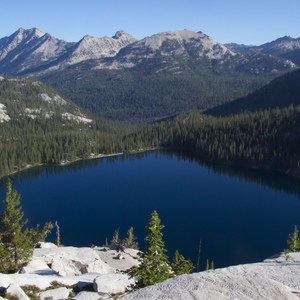


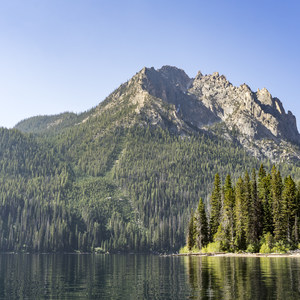
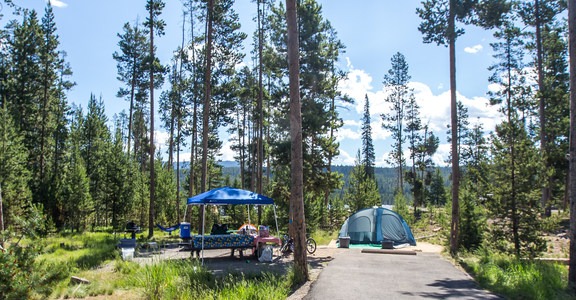
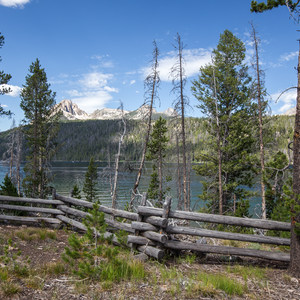

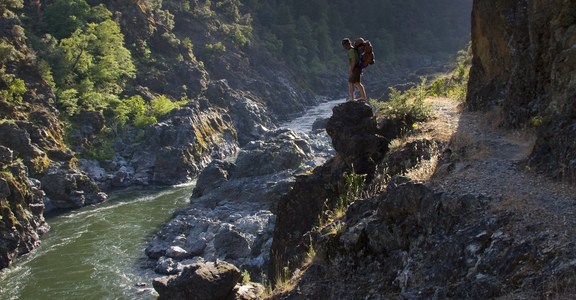
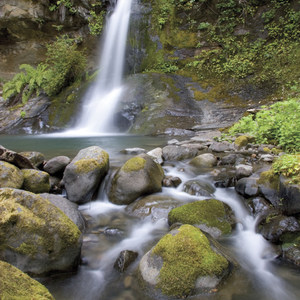
Comments
Sign In and share them.